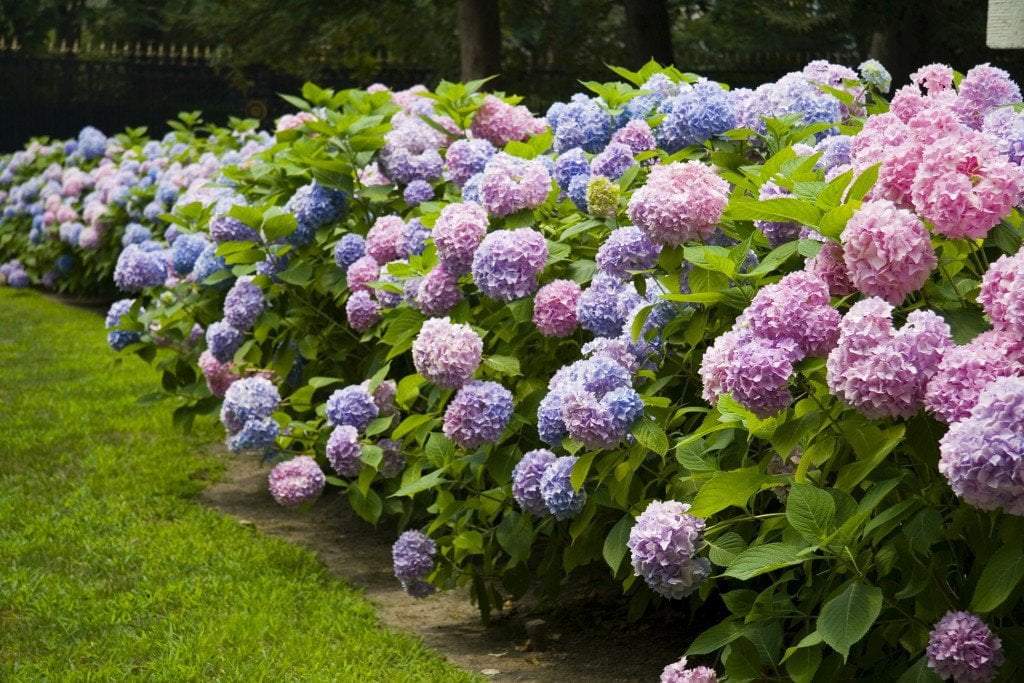
Shrubs & Hedges
How to Plant Endless Summer Hydrangeas
The Endless Summer Hydrangea is growing in popularity due to the fact that this plant has the ability to bloom in the far northern regions of the United States, where other species of hydrangeas fail to bloom, and in the southern regions, where hydrangeas usually only bloom once per summer.
It is advised that you should contact your local garden center for a recommendation on acidifying the soil in your area but a good hint is adding a large amount of organic matter such as peat moss or composted leaves around the plant which will acidify the soil as it breaks down.This hydrangea can bloom on both old and new wood, and the repeat blooms offer the home gardener an endless supply of incredible color throughout the season (hence the name).
The Endless Summer Hydrangea has the unique ability to produce spectacular pink or blue blooms depending on the pH makeup of your soil. An alkaline soil produces pink flowers, while an acid soil produces blue flowers. If you choose to change the color of your hydrangea, you can buy a soil pH testing kit to test your soil.
How to Change Color: To change from blue to pink, you need to change from an acid soil to an alkaline one. In other words, you need to raise the pH level of the soil. This can be accomplished by applying dolomitic lime several times a year. You will have to test your soil and aim for a pH of about (6.0 to 6.2). Changing the blooms to blue will take a lowering of the soils pH to a level of about (5.2-5.5). Using a soil acidifier will lower your soil's pH for beautiful blue blooms.
How to Plant the Endless Summer Hydrangea: Begin by digging a hole for the plant. The hole should be about twice as wide and the same depth as the root ball of the plant. Loosen soil at the sides and bottom of the hole with a shovel. Place your Hydrangea Shrubs in the hole. Use the original or prepared soil to fill the hole around the plants roots. Gently tamp the soil down to remove any air pockets. Water your new plant. 2-3 times a week is appropriate for the first year unless it is very dry. ![]()

